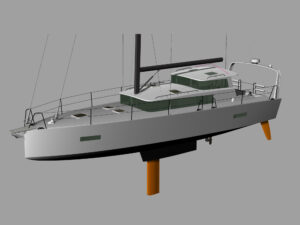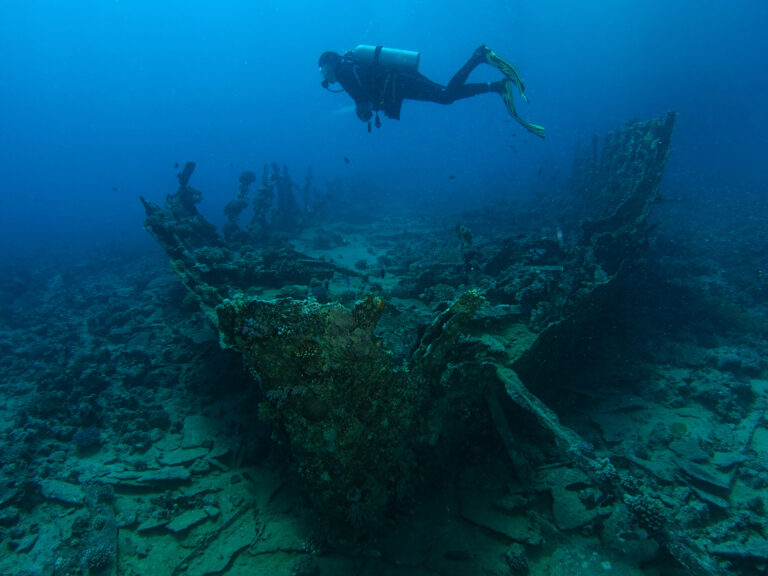NOAA Fisheries Service is reminding all U.S. Atlantic Coast cruisers to keep a sharp eye out for North Atlantic right whales. Mid-November to mid-April is calving (birthing) season when pregnant females make their annual migration from their feeding grounds off Canada and New England to give birth and nurse their young in the warm, coastal waters off South Carolina, Georgia, and northeastern Florida.
The biggest known threats to right whales are collisions with vessels and entanglement in fishing gear. The whales are extremely vulnerable to surface threats because they inhabit coastal waters near shore, they swim slowly, and they often rest at the surface where they are particularly difficulty to spot due to their dark coloring and lack of a dorsal fin.
Right whales are among the most endangered marine mammals in the world, and are protected under the U.S. Endangered Species Act of 1973 and the Marine Mammal Protection Act of 1972. Because only about 300 right whales remain, even a single death can drastically affect the population.
NOAA reminds mariners that it’s illegal to approach or remain within 500 yards of right whales. To help boaters help the right whales, NOAA has included recommended lanes on its electronic navigational charts in the proximity of the ports of Jacksonville and Fernandina Beach, Florida, and Brunswick, Georgia. Research has shown that if cruisers use these lanes, as opposed to transiting to and from ports along other pathways, the risk of colliding with the whales is significantly reduced.








